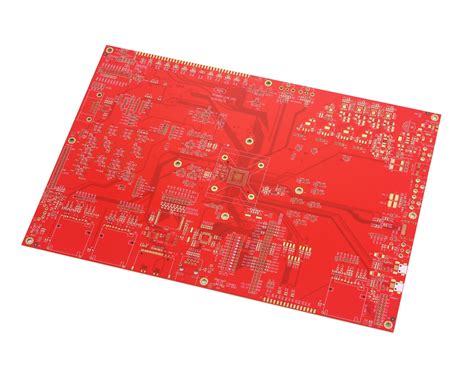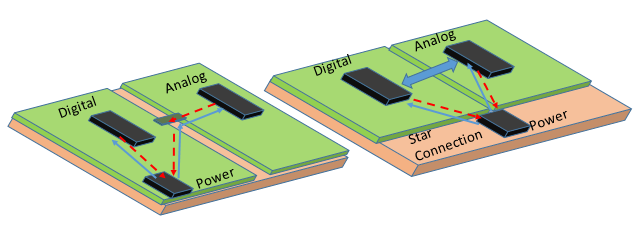Understanding High Quality PCBs for Superior Performance

Key Takeaways
Understanding the role of high quality PCBs is crucial for enhancing the performance of your electronic devices. The pcb manufacturing process is not merely about assembling components; it involves a careful selection of materials, design considerations, and manufacturing techniques that collectively contribute to the efficiency and reliability of the final product. For instance, selecting the right substrate material can significantly impact the durability and thermal performance of your PCB. When evaluating different pcb manufacturing companies, consider how they prioritize quality in their production process. A well-structured manufacturing business that focuses on stringent testing and quality assurance measures can lead to lower pcb manufacturing costs in the long run, as fewer defective products mean less waste and higher customer satisfaction.
“A successful PCB project begins with a comprehensive understanding of design requirements and material properties,” emphasizes a leading expert in the industry.
Incorporating advanced methods during pcb manufacturing not only increases performance but also positions you ahead in competitive markets. As technology advances, staying informed about new trends in high quality PCB development can make a significant difference for your projects. Remember, investing in quality PCB solutions often translates to better functionality and longevity for your devices—an aspect you should never overlook when budgeting for your pcb manufacturing business.

Understanding the Importance of High Quality PCBs
When it comes to electronic device performance, high quality PCBs play a crucial role. These printed circuit boards are the backbone of virtually every modern electronic device, ensuring reliable connectivity and functionality. You may often overlook the intricacies of PCB manufacturing, but understanding this process can significantly enhance your appreciation for the technology you use daily. Factors such as material selection, design specifications, and advanced manufacturing techniques all contribute to the overall performance and durability of the final product.
To begin with, let’s discuss key materials used in high quality PCB manufacturing. The choice of materials can impact not only the cost but also the efficiency and reliability of your end product. For example, high-grade copper laminates are often preferred for their excellent conductivity, while epoxy resins provide durability against environmental stresses.
In terms of design considerations, you should be aware that optimal PCB layouts not only reduce size but also improve signal integrity. Many PCB manufacturing companies utilize software tools that allow for precision in spacing and routing, taking into account factors like electromagnetic interference (EMI). This leads to more effective designs which contribute directly to superior performance.
Furthermore, understanding PCB manufacturing costs is essential if you’re entering this space as a business. Costs can vary significantly based on complexity and design requirements; hence evaluating potential efficiencies in both materials and methods can lead to reduced expenditures without sacrificing quality.
| Aspect | Description |
|---|---|
| Materials | High-grade copper, epoxy resins |
| Design Considerations | Signal integrity, EMI reduction |
| Manufacturing Costs | Varies with complexity; potential efficiencies |
In sum, by recognizing the importance of high quality PCBs, you equip yourself with knowledge that enhances not just your understanding but also your capacity to make informed decisions in your electronics endeavors. Focusing on reliable pcb manufacturing business strategies will ultimately yield products that stand out in today’s competitive market.
Key Materials Used in High Quality PCB Manufacturing
When considering high quality PCB manufacturing, it is essential to understand the key materials that contribute to their performance and durability. The choice of materials significantly influences both the pcb manufacturing cost and the overall effectiveness of the electronic device. Commonly used materials include epoxy resins, which provide excellent insulation properties, and copper, known for its superior conductivity. The utilization of FR-4, a widely known fiberglass epoxy laminate, is another crucial component in pcb manufacturing due to its thermal stability and mechanical strength. Additionally, polyimide substrates are often selected for applications requiring flexible PCBs, highlighting the importance of material selection in accommodating different design specifications. As you assess various pcb manufacturing companies, consider those that prioritize high-grade materials, as this will enhance the reliability and longevity of your assembled devices. Balancing these material choices with cost is vital, so understanding your specific needs can help streamline your pcb manufacturing business while ensuring you achieve optimal performance in your electronics. For an in-depth exploration of quality materials and their impact on performance, consider visiting Andwin PCB.
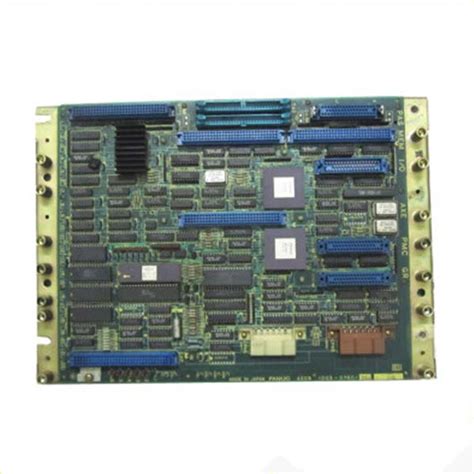
Design Considerations for Optimal PCB Performance
When embarking on the journey of PCB manufacturing, it’s essential to prioritize design considerations that directly impact the performance of your printed circuit boards. You must pay attention to various factors, such as the layout and trace width, which influence current carrying capacity and signal integrity. Employing advanced simulation tools can aid in predicting how your design will perform under different conditions, potentially preventing issues before they arise. Additionally, selecting appropriate materials is crucial as they dictate the thermal management capabilities and overall durability of the PCB. Understanding the pcb manufacturing cost can help you allocate your budget effectively; however, you should not compromise on quality for cheaper alternatives. Moreover, collaborating with reputable pcb manufacturing companies ensures adherence to industry standards and best practices, ultimately resulting in higher reliability. Within this framework, adopting a holistic view of the pcb manufacturing business from initial concepts through to final execution will yield products that not only meet but exceed performance expectations in advanced electronic applications.
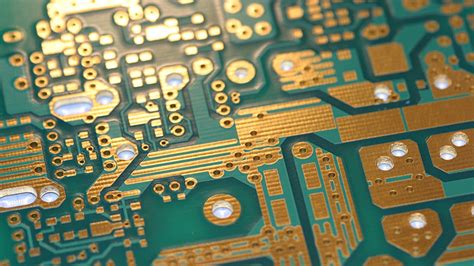
Manufacturing Techniques for Reliable High Quality PCBs
To create high quality PCBs, it is essential to employ advanced manufacturing techniques that ensure durability, efficiency, and performance. These techniques encompass several critical stages in the PCB manufacturing process. For instance, selecting the right materials significantly impacts the overall reliability; substrates like FR-4 and polyimide are commonly used due to their excellent thermal and electrical properties. In addition to materials, precision in layer alignment during lamination is crucial, as it allows for optimal signal integrity and mechanical stability.
Moreover, advancements in automation and CNC machinery have revolutionized how PCB manufacturing companies operate. These innovations contribute to minimizing errors and enhancing reproducibility while adhering to tight tolerances. Implementing controlled environments during soldering processes ensures that contamination is kept at bay, further increasing the reliability of the final products. Additionally, techniques such as X-ray inspection and automated optical inspection (AOI) play pivotal roles in real-time quality assurance throughout the production cycle.
Understanding the interplay between these techniques can lead to reduced PCB manufacturing costs, allowing for a more competitive stance in a rapidly evolving market. Whether you are establishing a new PCB manufacturing business or seeking to improve an existing operation, emphasizing robust manufacturing practices is indispensable for achieving superior quality and performance in your electronic devices. By focusing on these critical elements of production, you ensure that your PCBs not only meet but exceed industry standards, thus leveraging your products for better market acceptance and customer satisfaction.
Testing and Quality Assurance in PCB Production
In the world of PCB manufacturing, testing and quality assurance are critical components that ensure the reliability and performance of printed circuit boards. To begin with, establishing a robust quality assurance process is essential for pcb manufacturing companies aiming to deliver high-quality products. This encompasses a series of tests, such as electrical testing, which verifies the functionality of the PCB layout, and thermal cycling tests that gauge the board’s ability to withstand extreme temperature changes. Additionally, visual inspections are conducted to identify any physical defects or irregularities in the solder joints or component placements.
The pcb manufacturing cost can significantly fluctuate based on these quality assurance practices. While some might view extensive testing as an added expense, it’s important to recognize that investing in thorough testing procedures can ultimately reduce failure rates and warranty claims. This approach not only enhances your product’s reputation but also fosters customer loyalty.
Furthermore, understanding how different materials affect reliability is crucial; for instance, using high-grade materials may elevate initial costs but leads to substantial long-term savings by minimizing defects. As you navigate through the pcb manufacturing business, remember that effective quality assurance not only solidifies your market position but also enhances the performance of advanced electronics applications relying on these high-quality PCBs. By incorporating these practices into your production workflow, you set a foundation for ongoing excellence in both product delivery and customer satisfaction.
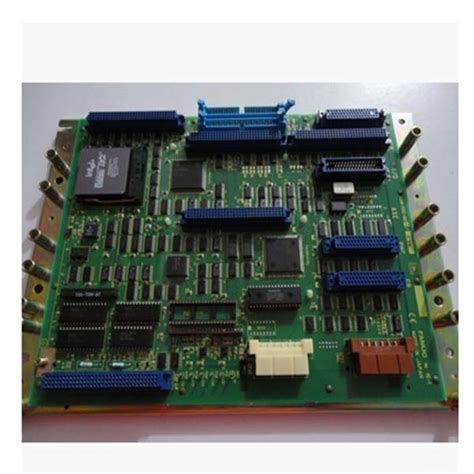
Applications of High Quality PCBs in Advanced Electronics
The role of high quality PCBs in advanced electronics cannot be overstated, as they are essential components in a wide range of contemporary devices. In fields such as telecommunications, automotive engineering, and consumer electronics, the demand for reliability and efficiency is paramount. When you’re evaluating pcb manufacturing options, you should be aware that the choice of materials and design plays a crucial role in ensuring optimal performance. For instance, advanced pcb manufacturing companies employ state-of-the-art techniques to produce high quality PCBs that minimize signal loss while enhancing thermal management.
Moreover, innovation in designs tailored to specific applications can lead to significant improvements in the overall functionality of electronic systems. This holistic approach often results in a favorable pcb manufacturing cost, making it economically viable for businesses focusing on cutting-edge technology. In your pursuit of establishing a robust pcb manufacturing business, it’s vital to consider not just the materials but also the meticulous processes involved in ensuring product integrity, especially when integrating into complex systems such as IoT devices or high-speed computing units. The evolution toward smaller and more powerful devices highlights the essential need for high quality PCBs in meeting these modern challenges effectively.
Future Trends in High Quality PCB Development
As technology evolves, the pcb manufacturing landscape is also undergoing significant transformations. Emerging trends indicate a growing focus on sustainability, with manufacturers seeking eco-friendly materials and energy-efficient processes to reduce their environmental footprint. This shift is beneficial not only for the planet but also for your pcb manufacturing cost, as sustainable practices can lead to long-term savings. Additionally, the demand for increased functionality in smaller form factors is prompting pcb manufacturing companies to innovate and utilize advanced techniques such as multi-layer designs and embedded components. These advancements are essential for meeting the needs of industries such as aerospace, medical devices, and consumer electronics. Furthermore, automation and smart manufacturing technologies are becoming integral in optimizing production efficiency and ensuring quality assurance in pcb manufacturing business operations. With continuous research and development leading to improved materials and designs, the future of high quality PCBs looks promising, paving the way for enhanced performance in electronic devices across various applications.
Conclusion
In summary, understanding the role of high quality PCBs is crucial for anyone involved in the pcb manufacturing business. These components are not just a piece of hardware but the backbone of modern electronic devices, influencing their overall performance and reliability. By focusing on pcb manufacturing techniques and selecting the right materials, you can enhance the efficacy of your products. The choice of pcb manufacturing companies can significantly impact your project’s success, especially considering varying pcb manufacturing costs that come with quality. As technology progresses, staying informed on advancements in high quality PCB design and production is paramount for anyone looking to thrive in the competitive landscape of electronics. Ultimately, prioritizing quality in PCB production will lead to devices that are not only dependable but also efficient, meeting the demands of advanced applications effectively.
FAQs
What are high quality PCBs?
High quality PCBs refer to printed circuit boards that adhere to stringent standards in terms of materials, design, and manufacturing processes. These PCBs are critical in ensuring the reliability and efficiency of electronic devices.
Why is high quality PCB manufacturing important?
The importance of high quality PCB manufacturing lies in its ability to enhance overall device performance. Quality PCBs provide better thermal management, signal integrity, and durability, which are essential for advanced applications.
What should I consider when selecting PCB manufacturing companies?
When selecting PCB manufacturing companies, consider their reputation, quality certifications, production capabilities, and technology used in the manufacturing process. It’s essential to partner with companies experienced in your specific requirements.
How can I estimate PCB manufacturing cost?
Estimating PCB manufacturing cost involves analyzing several factors such as the complexity of the design, materials used, production volume, and lead time. A thorough evaluation can help you budget effectively.
What trends are shaping the PCB manufacturing business?
The PCB manufacturing business is experiencing several trends, including the shift toward automation, increased demand for flexible circuits, and the use of advanced materials that enhance performance. Staying informed about these trends can provide a competitive advantage.
For more detailed information on PCB manufacturing, please visit our website by clicking here.

